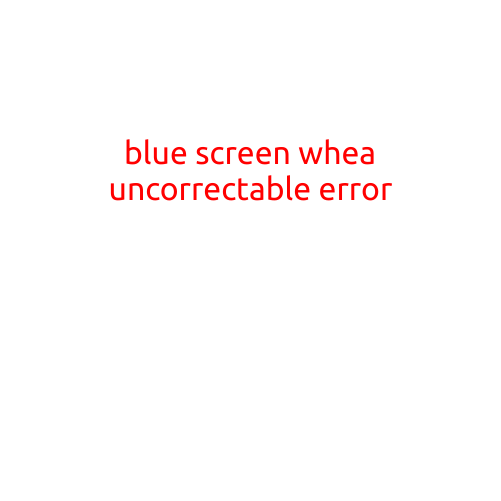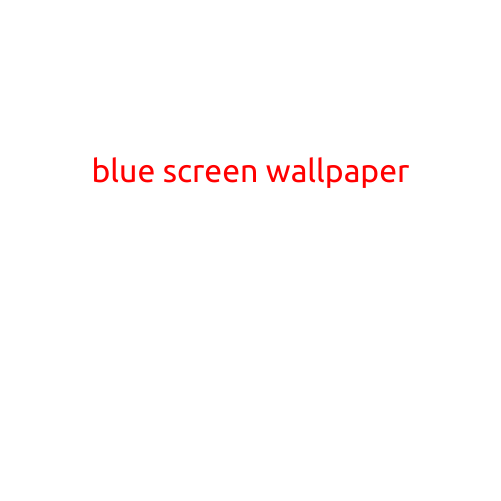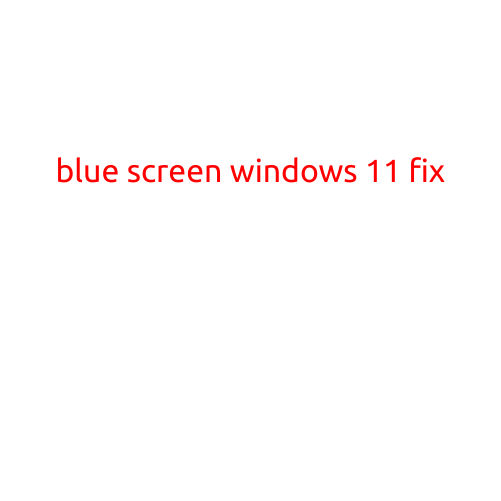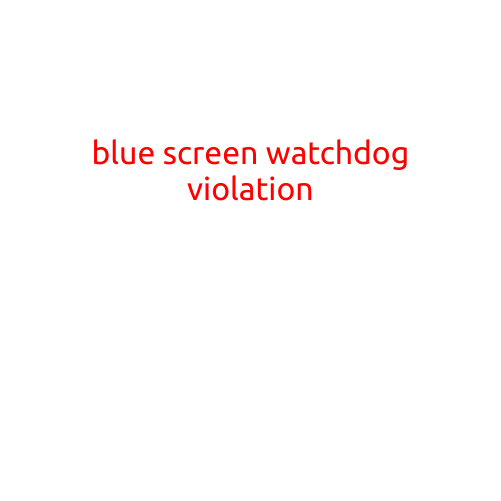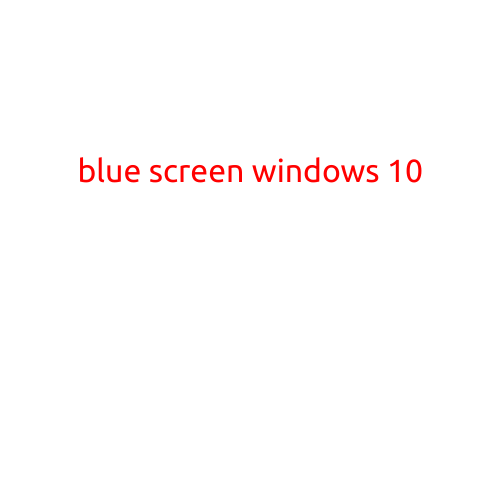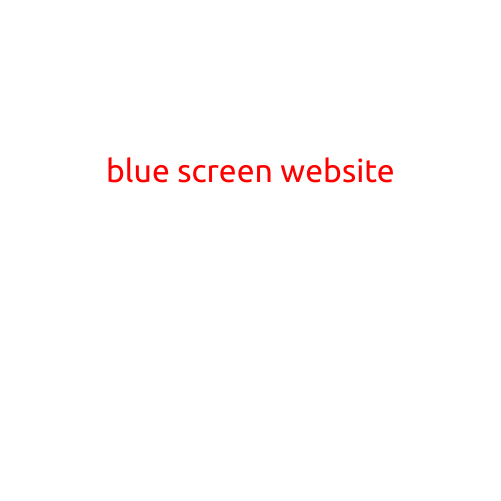
Blue Screen Website: A Revolutionary Online Experience
In a world where websites are often cluttered and overwhelming, the concept of a “blue screen website” is a breath of fresh air. Imagine an online space where simplicity meets functionality, where the focus is on the content rather than flashy graphics or unnecessary features. Welcome to the world of blue screen websites, where clean design meets user-centricity.
What is a Blue Screen Website?
A blue screen website is a type of website that features a simple, single-color background, typically blue, and a minimalist design approach. The term “blue screen” originates from the classic error screen that appears when a computer’s operating system crashes, where a bright blue screen with text-only information crops up. In this sense, a blue screen website is a deliberate departure from the typical flashy and distracting website design norm, opting instead for a clean and straightforward aesthetic.
Benefits of a Blue Screen Website
So, what are the advantages of a blue screen website? Here are a few:
- Simplicity: By limiting visual distractions, blue screen websites allow visitors to focus on the content rather than getting bogged down in flashy graphics or animations.
- Accessibility: Minimalist design makes blue screen websites more accessible to users with visual impairments, as the lack of clutter and overwhelming visuals can make navigation easier.
- Fast Load Times: With fewer elements to load, blue screen websites tend to load faster, making for a more seamless user experience.
- Timeless: Blue screen websites are immune to design trends, ensuring they look fresh and modern for years to come.
- Scalability: Simple design makes it easier to adapt and modify the website as needed, ensuring it can grow with your business.
Design Elements of a Blue Screen Website
So, what does a blue screen website typically look like? Here are some key design elements:
- Single-Color Background: A single color, usually blue, dominates the website, providing a clean and cohesive look.
- Minimal Navigation: Navigation is simplified, often featuring a few prominent buttons or a dropdown menu.
- Clean Typography: Fonts are clear, concise, and easy to read, making it simple to scan and understand content.
- Simple Imagery: Images are used sparingly, often to support content rather than draw attention away from it.
- Negative Space: Well-placed whitespace ensures visual balance and ease of navigation.
Examples of Blue Screen Websites
Some notable examples of blue screen websites include:
- Product Hunt: This popular product discovery platform features a clean, single-color design that puts the focus on its user-generated content.
- Airbnb: While not entirely blue, Airbnb’s website features a minimalist aesthetic with a prominent blue background, emphasizing its travel-focused content.
- Instagram: The photo-sharing platform’s website is centered around clean typography, minimal imagery, and, of course, a blue background.
Conclusion
The blue screen website is a refreshing departure from the usual visual noise of the web. By embracing simplicity, clean design, and user-centricity, these websites offer a more enjoyable and accessible online experience. As the web continues to evolve, it’s exciting to think about the potential for blue screen websites to revolutionize the way we interact with online content.
